Top 10 Medieval Cities in Europe
The medieval ages refer to a period of time in European history that transformed the conditions of belief, medicine, language, politics, philosophy, architecture (and a lot more) towards modern European life. The period of time extended roughly from 500 AD – 1500 AD lasting around 1,000 years. Starting with the gradual fall of The Roman Empire, ending with the fall of Byzantium and the Inquisition of Spain. While the medieval ages spanned the entire continent of Europe, many cities have picked up a reputation for their medieval history in the form of: architecture, cuisine, art, literature, infrastructure, and more.
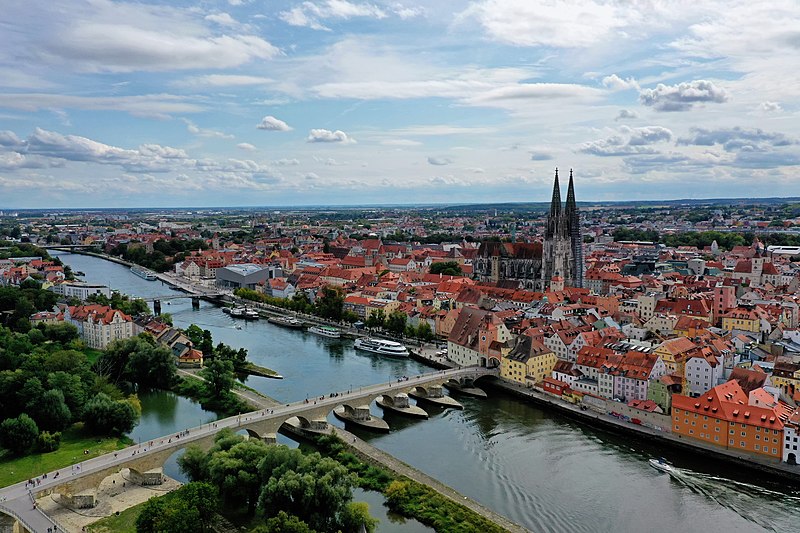
10. Regensburg, Germany
Regensburg is a small Bavarian city located in South-East Germany on The River Danube. Regensburg is a greatly green city with trees, small parks, and vegetation spread throughout the stone buildings and surrounding the city. Regensburg is provided a useful location on the Danube River, at one point it was the richest city in Southern Germany, exporting wine, salt, and gold. St Peter Cathedral is very central, right next to the river crossing. You can also find many churches and Catholic buildings exposing Regensburg’s long history of religion. German is spoken in the city and the currency used is the euro. The U.S. Bureau of Consular Affairs regards Regensburg, and Germany, as somewhat unsafe largely because of high rates of terrorism. You will most likely run into no issues while visiting.
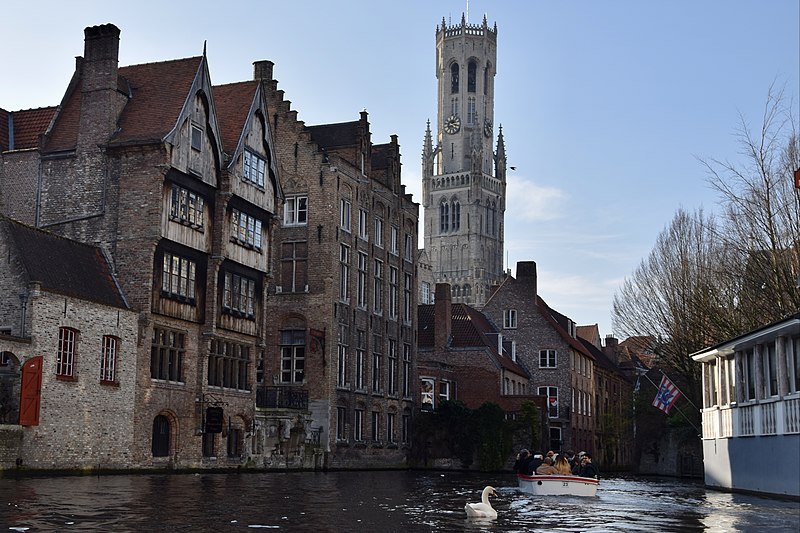
9. Bruges, Belgium
Bruges is the largest city in West Flanders (a province of Belgium), however it is also relatively small compared to others nearby. Located just South of The Dutch border, Bruges has a loosely connected Seafront called Zeebrugge on the North Sea, importuning a large chunk of Belgium’s foreign commodities. Bruges is known for its cobbled streets, canals, and terraced brick/stone buildings. Being a medieval city in Europe, Bruges has its fair share of churches, the most notable one being The Onze-Lieve-Vrouwekerk Catholic Church. Belfort tower stands tall over the Grote Markt in the center of town. Belgium speaks both French and Dutch, however as a part of Flanders, Dutch is more widely spoken. The U.S. Bureau of Consular Affairs advises increased caution due to potential threats of terrorism in Belgium.
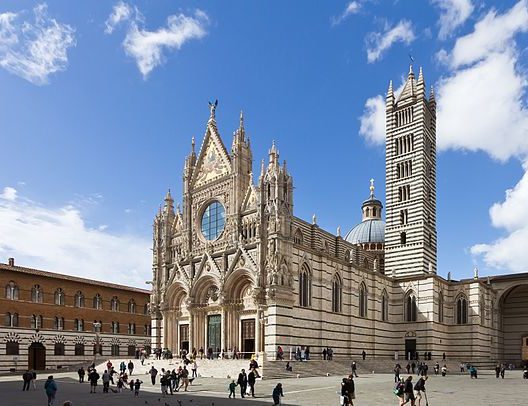
8. Siena, Italy
Siena is a compact town-like city located South of Italy’s Florence, in Tuscany. Siena is a very small city, allowing it to be an extremely walkable destination, it is recommended that you not bring a car or vehicle as most of the city is designed completely for pedestrians (they did not have cars during the medieval period). Siena is perfect for a short trip, typically a few hours or a day. Italian is spoken completely in and around Siena. The city’s history dates back to Roman occupation around 500 BC, it has grown along with the Italian nation. It is additionally regarded as a UNESCO World Heritage Site. And with beautiful winding streets and unique stone housing, its not hard to see why. Italy is, according to The U.S. Bureau of Consular Affairs, somewhat unsafe for American tourists due to terrorist organisations.
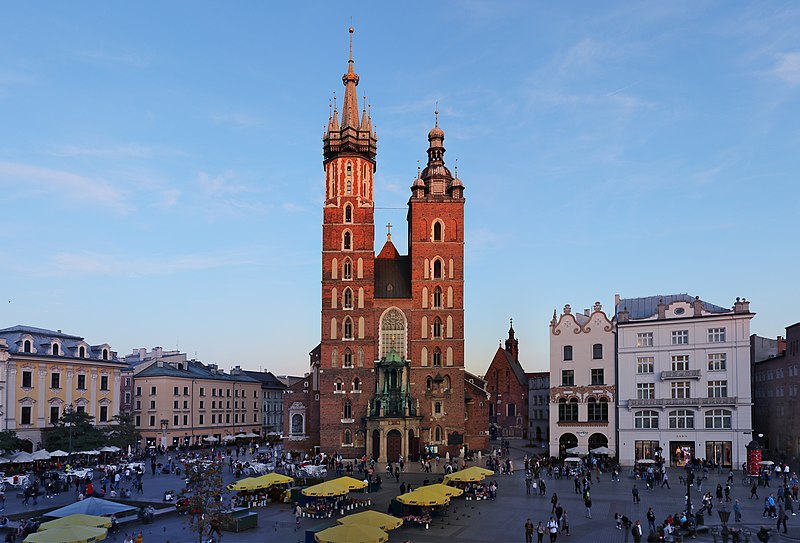
7. Krakow, Poland
In the past, Krakow was the official capital city of Poland, however it was replaced with Warsaw in 1596. The city lies East of Katowice and roughly 250km South of Warsaw. The city’s Old Town is just North of the Vistula River, an area packed full of museums, cathedrals, restaurants. The Zamek Wawel looks out over the River, you may also be interested in the Rynek Glowny Plaza. Krakow is known for its stone and brick buildings on cobbled streets, especially Florianska Street, or Grodzka Street nearby. Being a part of Poland, Krakow has a lot of historic heritage, just outside the center you will find hundreds of old Soviet blocks constructed under The Iron Curtain. The city also took a hit after the Nazi invasion in 1939, wit some buildings having had to be re-built. Poland is recognized by The U.S. Bureau of Consular Affairs to be completely safe, and you will likely run into no bother in Krakow.
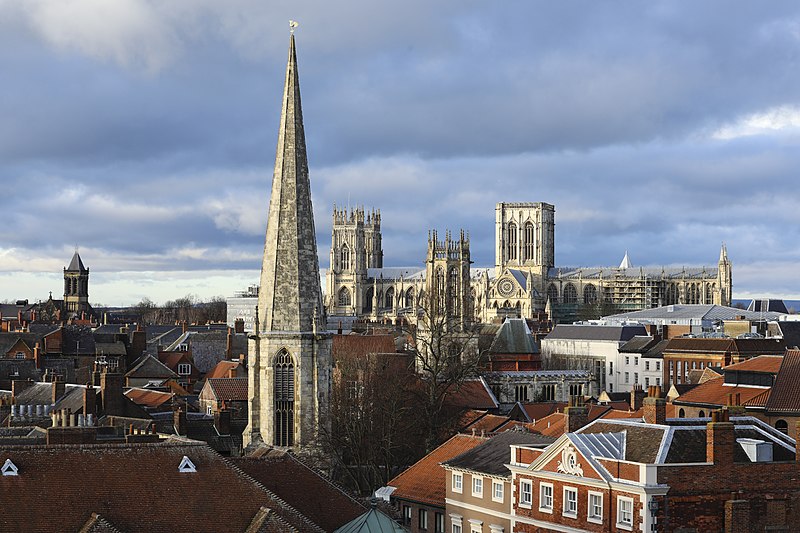
6. York, England
Despite being petite, York is an interesting destination for those fascinated in medieval British history. Similar to Siena, Italy, York is suitable for a few hours to a day due to its walk-ability. Located in the region of Yorkshire, amid Hull and Leeds, it is roughly 280km from London. The city’s main attraction is The Shambles, a very tight street in the center of town known for its picturesque architecture, not to far from the York Minster Cathedral and Yorkshire Museum. York used to be one of the biggest city’s in England dating back to the Romans, although York has not had much room to freely grow due to the greenbelt restrictions and old Roman walls. England is a very safe country and you will likely have no trouble, however threats of terrorism are still real thus The U.S. Bureau of Consular Affairs advises increased caution be taken.
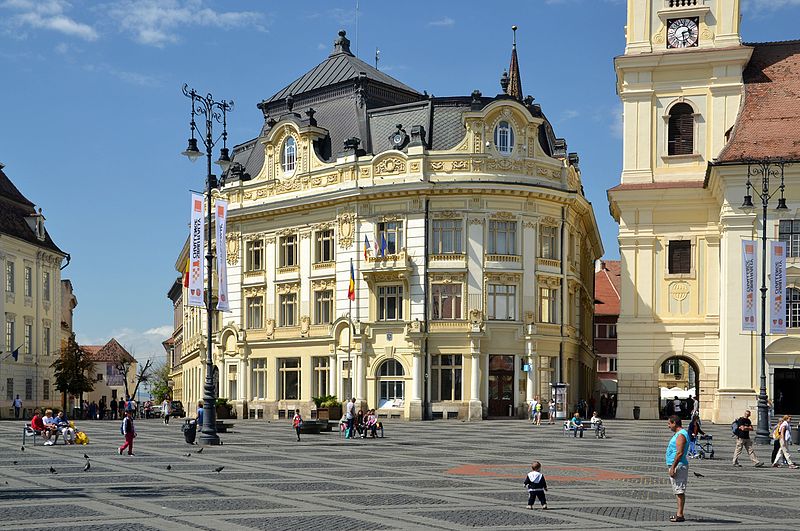
5. Sibiu, Romania
Sibiu sits North of the Moldoveanu Peak (the tallest nationwide) in Southern Transylvania, Romania. Sibiu’s historic center is home to many attractions, namely, The Turnul Sfatului, Biserica Evanghelica Cathedral, and the Muzeul National Burkenthal Art Museum. Sibiu is full of plazas and winding streets traversable by foot. Romania is an Orthodox Christian country, meaning that religious architecture makes up large portions of the city. There is additionally an international airport next to the industrial zone in the West of the city. The U.S. Bureau of Consular Affairs has no safety restrictions or worries about travel to Romania, although it is smart to take safer precautions in busy areas due to pick-pocketing and scams.
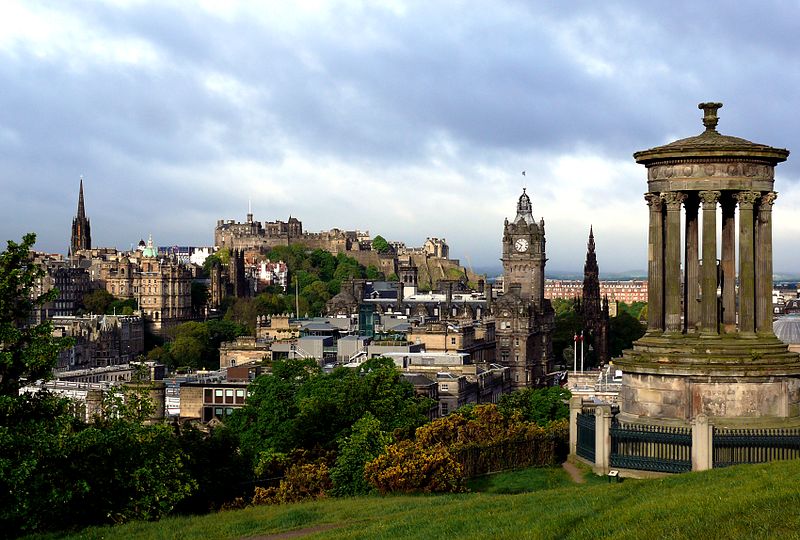
4. Edinburgh, Scotland
Edinburgh is the official capital city of Scotland, situated on the Firth of Forth, North Sea. Edinburgh’s Old and New Towns are both regarded as UNESCO world heritage sites, with many forms of medieval architecture in and around Old Town. Overlooking the city you will find the beautiful Edinburgh Castle, the oldest in Scotland. The Royal Mile runs from the castle to the Scottish Parliament Building and Holyrood Palace dotted with restaurants and shops. Edinburgh has many beautiful buildings and monuments, so here are a few of the best: Scott Monument, St. Giles Cathedral, Royal Botanical Gardens, and The Balmoral. Edinburgh also houses The University of Edinburgh, one of the most prestigious in the world, home to a lot of the city’s heritage and history. Scotland and the UK as a whole are marked as somewhat unsafe by The U.S. Bureau of Consular Affairs owing to terrorism.
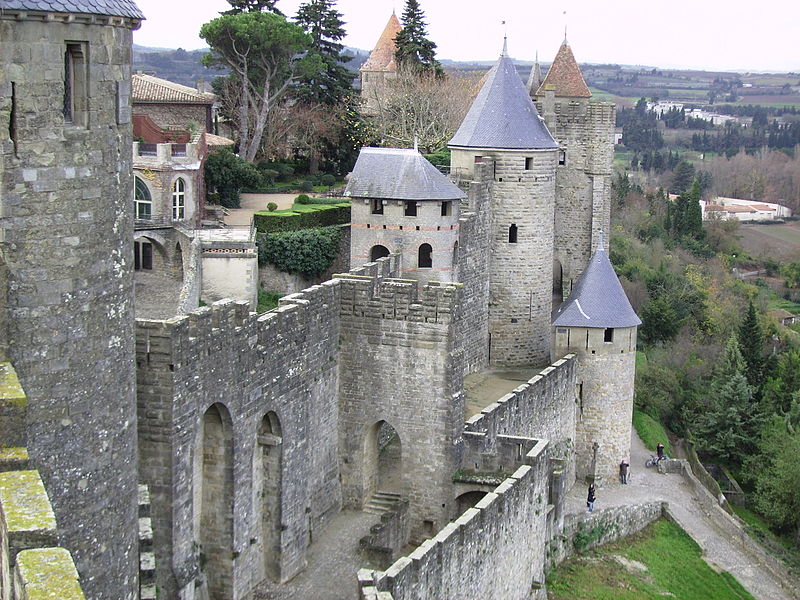
3. Carcassonne, France
Carcassonne is a city in South France, roughly 85km from Toulouse. It is known primarily for its medieval citadel (Le Cite) South-East of the center. Le Cite is surrounded by walls with turrets facing outwards. Inside you will find The Basilique Saint-Nazaire, Chateau Comtal, and lots of cafes/restaurants. The city center also has many restaurants and cafes to offer, to the North you can find the Canal du Midi de Carcassonne next to the train station. The first settlement of Carcassonne is said to have been around 3500 BC. The U.S. Bureau of Consular Affairs claim that France is not completely safe due to terrorism.
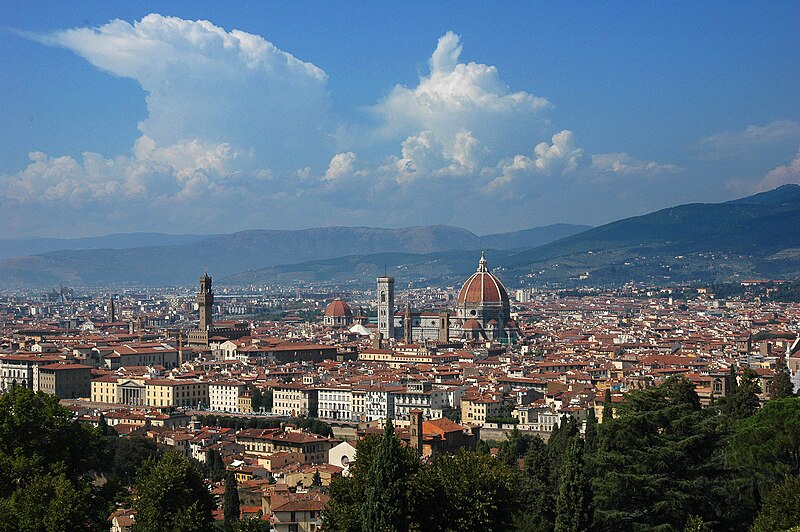
2. Florence, Italy
Florence is the capital city of the region it lies in, Tuscany. Florence remains to be 102.4km² in size, the 8th largest in the country, it additionally has The River Arno flow through it. Florence is known for its ancient and medieval Roman architecture, winding cobbled streets, and impressive monuments. The Cathedral of Santa Maria del Fiore, known for its detailed masonry and beautiful dome that is visible from every rooftop in the city, is the 12th largest church in the world and one of the most recognizable. The Ponte Vecchio bridge, crossing the Arno, preserves shops on each side, creating a unique reputation as one of the only ones of its kind left. Palazzo Vecchio is a short distance away from the bridge, it now serves as a museum. There are many famous art galleries in Florence, including the Uffizi Gallery and Academia Gallery featuring Michelangelo’s ‘David’. Italy is, according to The U.S. Bureau of Consular Affairs, somewhat unsafe for American tourists due to terrorist organisations.
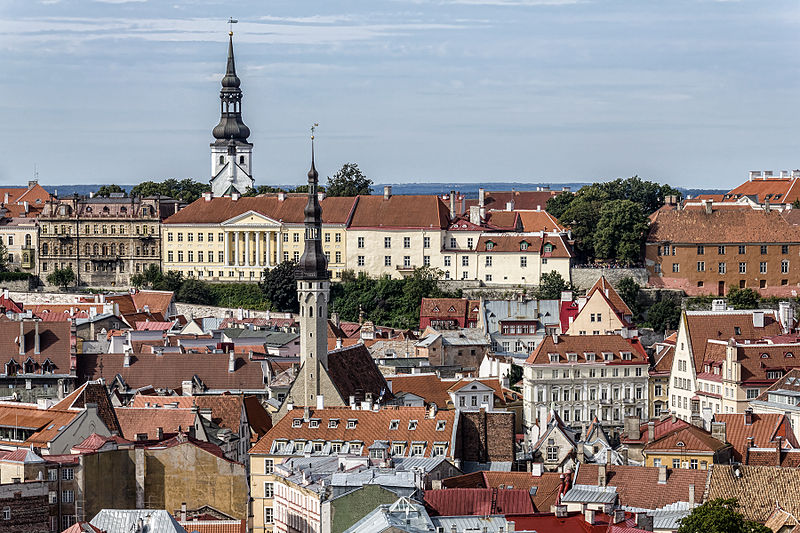
1. Tallinn, Estonia
Tallinn is a charming city situated on the Baltic Sea, as it is the official capital of Estonia. Tallinn is renowned worldwide for its Old Town (Vanalinn), full of unique medieval architecture and castle-like walls. The Alexander Nevsky Cathedral sits in the South of Vanalinn next to the Hirvepark. Tallinn, often referred to as the ‘Gem of The Baltic[s]’, is largely untouched by swarms of tourists making it an even nicer experience. Tallinn has a town hall that is located on the temporary market plaza, with colorful ornamented European row houses promoting cafes, restaurants, and museums. The Kadriorg Art Museum along with the parks surrounding it, sit East of the medieval center, but are absolutely still worth a visit. according to The U.S. Bureau of Consular Affairs Estonia is completely safe for travel.